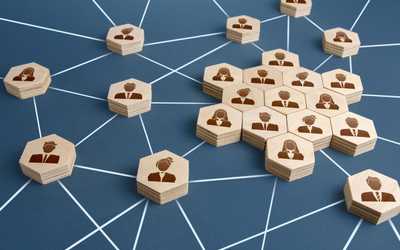Distributional Effects of Monetary Policy on Housing Bubbles: Some Evidence
Abstract
Empirical asset pricing has always considered housing only as an investment good. This paper explores empirically the effect of monetary policy on housing bubbles when there exists a duality in housing markets: invest (own) vs. consume (rent). Using both simple and time-varying structural vector autoregression (SVAR and TVC-SVAR) with the U.S. housing market data between 1983–2017, this paper studies monetary transmission separately in the homeowners' market and the renters' market. Major findings are: (i) house price is sticky in that it takes more than 2.5 years for the full impact of monetary policy to occur; (ii) there is heterogeneity in the two housing markets: house price dynamic is more consistent with its fundamental in the renters' market rather than in the homeowners' market. This suggests that the two markets differ in their vulnerability to housing bubbles. (iii) monetary policy can play a useful role in stabilizing housing bubbles. Results are robust to alternative identifications of monetary policy shock.








